AO Edited
Fatehpur Sikri
An imperial fortress city that incorporated cultural elements from the entire Mughal empire, only to be abandoned the year it was finished.
This magnificent and abandoned fortified city of Fatehpur Sikri was built for the Mughal Emperor Akbar. It was the capital of the Mughal empire from 1571 to 1585, and is considered the best example of Mughal architecture in existence. Akbar himself oversaw the construction of the fortress, ensuring that every detail of the city was befitting of an emperor’s grandeur.
Unfortunately, the fortress was abandoned as soon as it was finished.
The grand city was comprised of several palatial courts, a harem building, a mosque, private emperor’s quarters, residential buildings, the tomb of a Sufi saint, a giant outdoor board game, a pool, and utility buildings. These were colored a rosy hue by the local red sand used as construction material.
Fatehpur Sikri is also notable for the fact that it incorporated the many cultures of the Mughal empire—the name, as well as the geometric layout, drew on ancient Persian influences, whereas the buildings’ decorative embellishments were classically Indian. Akbar was known for his tolerance of multi-religious culture, and the inhabitants of the city followed Islam, Hinduism, Zoroastrianism, and Christianity without conflict.
Not long after the fortress was completed, the lake that provided water to the complex dried up, and life at Fatehpur Sikri was unsustainable. Emperor Muhammad Shah lived in the city between 1719 and 1748, and the Marathas warriors occupied the city for a short time after that. Once the British invaded India, their army used the fortress as a barracks, during which time it was badly damaged.
What remains of Fatehpur Sikri is now a UNESCO World Heritage Site. A town has grown up to the west of the ruins, and still uses the mosque for worship. Archaeological excavation has indicated that the significance of the site dates way earlier than Emperor Akbar and Fatehpur Sikri. Thousand-year-old Jain statues and buildings have been unearthed beneath the city, suggesting that some lost culture existed there prior to the Mughals.
One of the intriguing structures at Fatehpur Sikri is known as Panch Mahal. Panch Mahal means “five-story high royal pavilion”. As the name suggests, it consists of a five-story frame pavilion made of red sandstone. The open floor plan allows it to serve as a transition building between the traditional masonry structure on one side and an open plaza on the other.
Panch Mahal‘s frame structure and open-plan became a part of modernist architect Le Corbusier’s architectural grammar. Panch Mahal’s contribution as a precursor to modern architecture is not often recognized in the History of Architecture. However, it must be recognized as a pioneer of modernism in architecture.



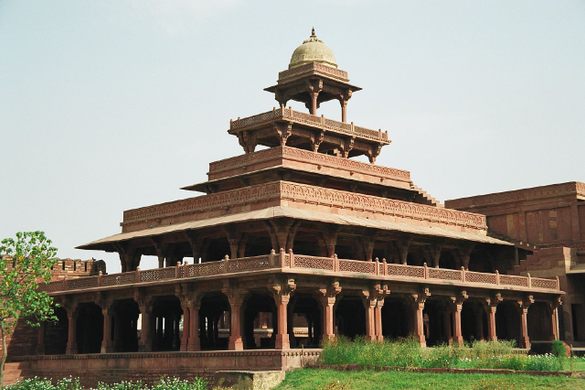






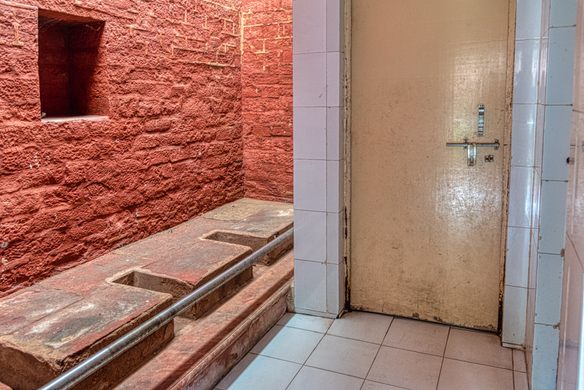

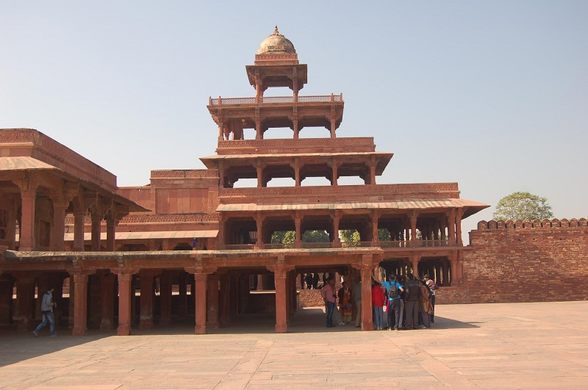







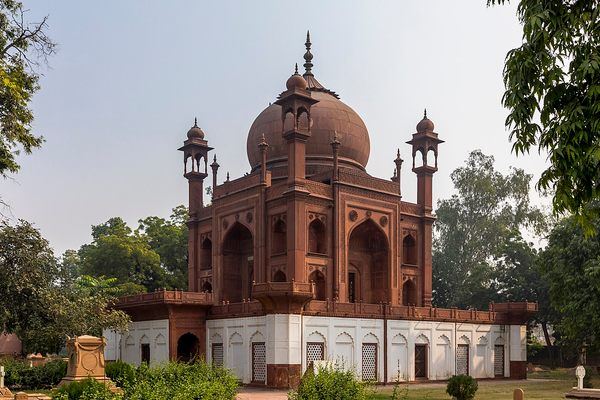


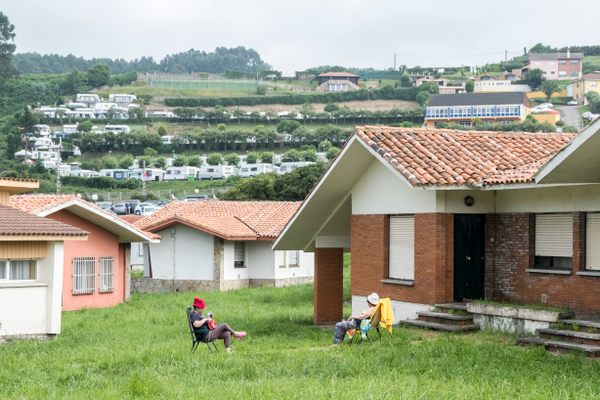

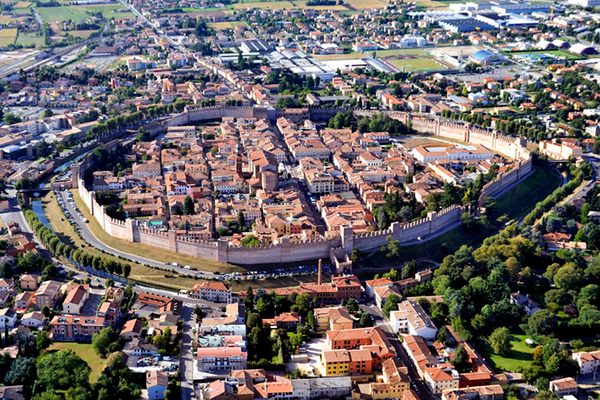


Follow us on Twitter to get the latest on the world's hidden wonders.
Like us on Facebook to get the latest on the world's hidden wonders.
Follow us on Twitter Like us on Facebook